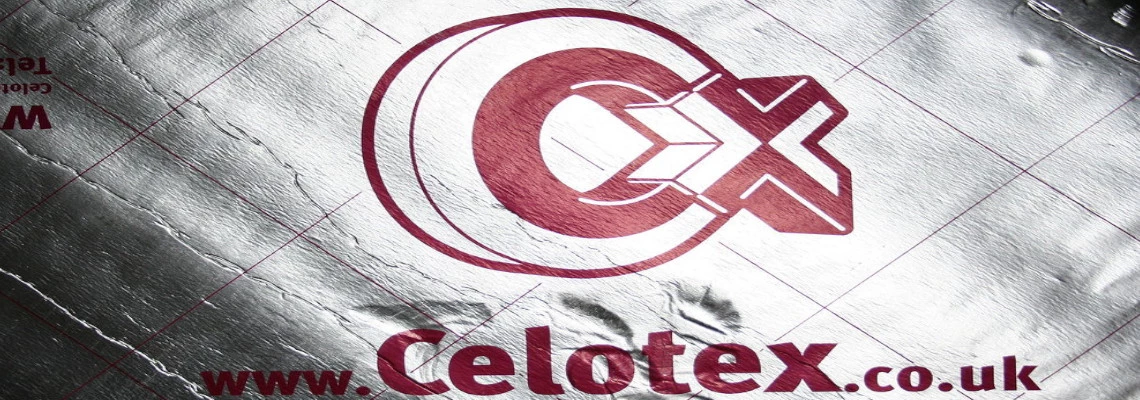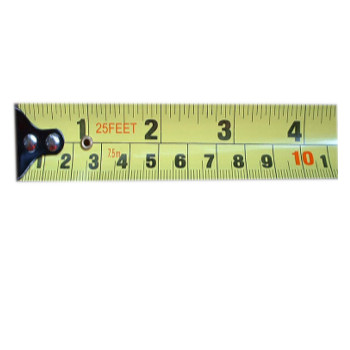
HOW THICK SHOULD CELOTEX PIR INSULATION BE?*
When it comes to insulating your home, choosing the right thickness of insulation is crucial. One of the most popular types of insulation on the UK market today is Celotex PIR insulation. But how do you know what thickness of Celotex PIR insulation to buy? In this blog post, we will explore the different thicknesses of Celotex PIR insulation available and help you decide which one is right for your needs.
 Table of contents
Table of contents
HOW THICK SHOULD CELOTEX PIR INSULATION BE?
HOW THICK SHOULD MY CELOTEX BE?
IS 50MM PIR INSULATION ENOUGH?
IS 100MM PIR INSULATION ENOUGH?
HOW THICK IS PIR INSULATION UK?
PIR U-VALUE TABLE
CONCLUSION
HOW THICK SHOULD MY CELOTEX BE?
 The thickness of Celotex PIR insulation you should buy depends on the area you are insulating and the level of insulation you want to achieve. Generally speaking, the thicker the insulation, the better it will perform. However, thicker insulation can be more expensive, so you will need to strike a balance between cost and performance.
The thickness of Celotex PIR insulation you should buy depends on the area you are insulating and the level of insulation you want to achieve. Generally speaking, the thicker the insulation, the better it will perform. However, thicker insulation can be more expensive, so you will need to strike a balance between cost and performance.
The best balance is achieved by purchasing 100mm insulation, as it provides an optimal solution in terms of cost. However, a thickness of 125mm PIR insulation board is necessary to attain the targeted U-Value of 0.17 W/m2K. On the other hand if space is limited, a thickness of 50mm can be used instead.
It is worth noting that insulation works best in the first 100mm of thickness, as this is a fundamental principle of physics.

Therefore, it is important to ensure that the insulation thickness is adequate in the areas where it is most effective.
Here are examples of PIR insulation thicknesses that are commonly used for floors, walls, and roofs:
Floors
100-120mm of insulation is typically used for floors, depending on the type of insulation and the specific requirements of the project. The recommended U-Value for floors in the UK is 0.25W/m2K. To achieve this, a minimum insulation thickness of 100mm of PIR rigid foam insulation
Walls
In general, 50-130mm of insulation is commonly used for wall insulation.To achieve the required U-Value of 0.17 W/m2K, 125mm of PIR insulation board should be used.
Roofs
150-200mm of insulation is often used for roofs to achieve the recommended U-Value of 0.16 W/m2K. To achieve this you will be required to use a minimum of 150mm thick PIR insulation.
IS 50MM PIR INSULATION ENOUGH?
If you are insulating a wall or roof that has a limited amount of space, 50mm Celotex PIR insulation may be sufficient. This thickness will provide a U-value of around 0.44 W/m2K, The question of whether 50mm PIR insulation is enough depends on a variety of factors, including the specific application and the desired level of thermal performance.
Generally speaking, 50mm PIR insulation can provide a reasonable level of insulation for certain applications, such as internal wall insulation or insulating areas where space is limited. For example, 50mm insulation may be appropriate for insulating smaller areas such as around doors and windows. In some cases, retrofitting insulation in older buildings may be challenging due to limited space. The 50mm insulation can be a useful solution in such situations, providing a moderate level of thermal performance without significantly reducing room sizes.
It is important to note that in most cases, a 50mm PIR insulation thickness may not be sufficient to meet the building regulations for thermal performance in the UK, unless it is used in multiple layers. While 50mm insulation can provide moderate levels of thermal insulation in certain applications, thicker insulation is typically required to achieve the desired U-value and comply with building regulations.
IS 100MM PIR INSULATION ENOUGH?
 In general, 90mm of PIR insulation is considered the minimum acceptable level of insulation for walls in the UK today. However, when it comes to insulation for roofs, a thickness of 100mm may not be sufficient to achieve the recommended U-value.
In general, 90mm of PIR insulation is considered the minimum acceptable level of insulation for walls in the UK today. However, when it comes to insulation for roofs, a thickness of 100mm may not be sufficient to achieve the recommended U-value.
In the UK, building regulations specify the minimum required U-value for different building elements.
For example, the recommended U-value for walls is typically around 0.17 W/m2K, while the recommended U-value for roofs is typically around 0.16 W/m2K. Depending on the specific application, 100mm of PIR insulation may be enough to achieve these recommended U-values, or it may fall short. It is worth noting that 100mm insulation thickness can be suitable for use on floors to achieve the desired thermal performance and comply with building regulations (0.25W/m2K). Additionally, it is important to mention that 100mm insulation thickness may not be sufficient for walls and roofs to achieve the desired thermal performance and comply with building regulations. Depending on the specific requirements and building design, thicker insulation may be necessary to ensure adequate heat retention and energy efficiency.
As with any insulation project, it is important to consult with a qualified building professional to determine the appropriate insulation thickness for your specific application.
HOW THICK IS PIR INSULATION UK?
PIR insulation thickness in the UK can vary depending on the specific application and the desired level of thermal performance. However, there are some general guidelines that can be followed when determining the appropriate thickness for PIR insulation:
100mm
The recommended thickness for PIR insulation in floors is typically around 100mm to achieve the recommended U-value of 0.25 W/m2K.
125mm
The recommended thickness for PIR insulation in walls is typically around 125mm to achieve the recommended U-value of 0.17 W/m2K.
140mm
The recommended thickness for PIR insulation in roofs is typically around 140mm to achieve the recommended U-value of 0.16 W/m2K.
PIR U-VALUE TABLE
The PIR U-value table provides a comprehensive overview of all available thicknesses of PIR insulation boards in the UK, along with their corresponding R-values and U-values. It is important to note that the table only shows the U-value and R-value for the insulation material itself, and not for the entire wall or roof system. Correctly calculating the U-value and R-value of a wall or roof system requires taking into account all layers and components, including insulation, air gaps, and thermal bridges. Nevertheless, the PIR U-value table can serve as a useful reference point for selecting appropriate insulation thicknesses and understanding the thermal performance of PIR insulation.

PIR Insulation U-value table
As can be seen from the above table, to achieve a U-value of 0.25 for floors in the UK, thicknesses of 90mm, 100mm, 110mm, and 120mm are required. For walls and a U-value of 0.17, appropriate thicknesses are 125mm, 130mm, 140mm, 150mm, 165mm, 180mm, and 200mm. Finally, for roofs and a U-value of 0.16, appropriate thicknesses are 140mm, 150mm, 165mm, 180mm, and 200mm.
CONCLUSION
In summary, choosing the right thickness of Celotex PIR insulation is essential to achieving effective insulation in your home or building. Consider the area you are insulating and the level of insulation you want to achieve, and don't be afraid to do some research to help you make an informed decision.
Related articles:
What is the thinnest insulation?
*All the information provided in the content published on Insulationgo blog is for informational and educational purposes only. Insulationgo LTD makes every effort to ensure the accuracy and timeliness of the content, but we do not assume any responsibility for any errors or omissions.
The information presented on this blog should not be considered as professional advice or a substitute for consulting relevant experts. Before making any purchase decisions or taking action based on the information presented here, it is strongly recommended to contact the product manufacturer directly to verify the details and ensure its suitability for your specific needs.
By using this blog, you acknowledge and agree that Insulationgo LTD shall not be held liable for any damages, losses, or inconveniences arising from the use or reliance on the information provided herein. This limitation of liability applies to all users of the blog, including but not limited to visitors, readers, and subscribers.










































































































